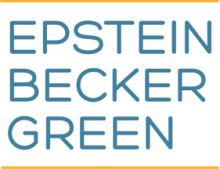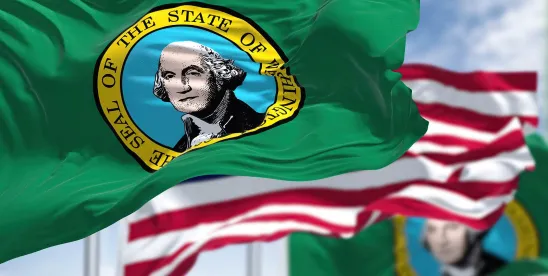Earlier this year, Washington enacted new amendments (the “2025 Amendments”) to its pay equity law, which will soon bring some relief to employers.
Since 2023, the Equal Pay and Opportunities Act (EPOA) has required employers with at least 15 total employees and at least one Washington-based employee to include the wage scale, salary range, and other disclosures in covered job postings, as we previously explained here. The 2025 Amendments, among other things, clarify the remedies available under the EPOA and temporarily curb liability for employers who violate its pay transparency requirements. These modifications take effect on July 27, 2025.
Temporary Opportunity to Cure
In a welcome change for employers, the 2025 Amendments allow employers to avoid liability if they correct violations of the job posting disclosure requirements that occur after July 27, 2025. Any individual can and must provide written notice to an employer that its job posting does not include a pay range prior to seeking any remedies for the alleged violation. If the employer corrects the posting within five business days of receiving notice, and, where applicable, contacts any applicable third-party posting entity with a demand to correct the posting, neither the courts nor the state’s Department of Labor & Industries (L&I) may assess any damages or penalties. This opportunity to cure will sunset after July 27, 2027.
Administrative and Civil Remedies
If an employer fails to timely cure an alleged violation, an applicant or employee can either file a complaint with L&I or bring a civil cause of action in court. An administrative complaint is not a prerequisite to commencing a lawsuit, but filing a civil action terminates L&I’s ability to process a complaint. In other words, plaintiffs cannot “double dip” and may only recover damages through one route.
If the applicant or employee files a complaint and L&I finds a violation that is not resolved by conference and conciliation, the employer may have to pay each affected employee or applicant statutory damages between $100 and $5,000 per violation. The 2025 Amendments give L&I broad discretion to assess damages based on employer size, frequency of violations, deterrence, and “any other factor,” including whether a violation was willful. L&I can also order the employer to pay costs, a civil penalty of up to $500 for a first violation or up to $1,000 for subsequent violations, and actual damages, and may order other forms of relief.
If the affected employee or applicant chooses to sue, courts may award statutory damages ranging from $100 to $5,000 per violation, plus reasonable attorneys’ fees and costs, actual damages and equitable relief. The statute of limitations for claims under the EPOA is three years from the date of the violation.
Other Changes to the EPOA
Notably, new language also provides that the administrative and civil remedies set forth in the 2025 Amendments are exclusive remedies for violations of the pay disclosure law. The statute expressly precludes the award of more expansive remedies available under the EPOA for wage discrimination. Note that as we explained here, the EPOA was expanded, effective July 1, 2025, to prohibit discrimination in compensation based on numerous protected classes, not just gender.
The 2025 Amendments also refine the pay disclosure requirements to confirm that if the role is only eligible for a fixed wage, the job posting should include that rate rather than a pay scale or range. In addition, new language clarifies that the law does not apply to solicitations for job applicants that are replicated and published without the employer’s consent, closing a loophole that has led to multiple EPOA class action lawsuits against employers whose job postings were replicated by sites such as Indeed and LinkedIn without consent or the required disclosures.
Guidance for Washington Employers
Covered employers should evaluate their job posting practices to ensure compliance with the EPOA’s ongoing and revised disclosure obligations.
As of this publication, L&I has not updated its EPOA-related guidance to reflect the 2025 Amendments; however, employers should monitor the agency’s website for updated resources and information and keep in mind that the new opportunity to cure only applies to violations that occur after July 27, 2025 (and that this process will only remain available for two years).
Also, we should note that the Washington State Supreme Court is currently considering a case involving the definition of a “job applicant” under the EPOA, and whether an applicant must demonstrate a “bona fide” intent to seek employment by the employer to be covered by the law. Washington employers will want to keep tabs on this case, which determines the fate of hundreds of class action cases brought under the EPOA by plaintiffs who were not bona fide job applicants, but who were instead using the EPOA to target noncompliant employers for financial gain.
Taylor Justice contributed to this article.





 />i
/>i
